1. Frequently Asked Questions – General
This section will handle general questions when joining Oxalis tours, regarding caving & exploration, camping, health and physical preparation etc.
1.1. Caving & Camping
- 1.1.1. What is the difficulty level of the tour?
- 1.1.2. What is the weather like in the cave and jungle?
- 1.1.3. How can I best prepare for a tour during summer?
- 1.1.4. Do I need to know how to swim for your tours?
- 1.1.5. Do I need to know how to rappel/abseil for your tours?
- 1.1.6. Do I need to provide my own helmet, harness, rope, or caving equipment?
- 1.1.7. What is the cave floor like? Is it flat?
- 1.1.8. What are the sleeping /bedding conditions like? Do I need to bring a sleeping bag or tent?
- 1.1.9. Do I need to bring my own water pump or water purification tablets on tour?
- 1.1.10. What kind of food will there be on the tour? Do I need to bring my own snacks?
- 1.1.11. What if I am a solo traveler, can I join a group?
- 1.1.12. Will we encounter any dangerous animals in the jungle?
- 1.1.13. Do we have to swim, even in winter?
- 1.1.14. How many miles or kilometers will we be walking on each tour?
- 1.1.15. How long is the swimming part? Can I get any support if I cannot swim?
- 1.1.16. I am claustrophobic, does this present a problem? Are there any tight squeezes in the cave?
- 1.1.17. Where do we camp if it rains?
- 1.1.18. What activities will take place at camp?
- 1.1.19. How many people are usually on each join-in tour?
- 1.1.20. Do I need to have climbing skills?
- 1.1.21. Are there bats inside the caves?
1.2. Packing
- 1.2.1. What sort of clothing should I bring on the tour?
- 1.2.2. What sort of boots/shoes should I bring on the tour?
- 1.2.3. Will I be able to change my footwear for river crossings to keep my feet dry?
- 1.2.4. Do I need a backpack?
- 1.2.5. Do I need a drybag?
- 1.2.6. Should I bring a swimsuit?
- 1.2.7. Will I need trekking poles?
- 1.2.8. What can I do with the things that I don’t want to bring with me on tour? Can I leave it at your office?
- 1.2.9. Should we bring our own water bottle?
- 1.2.10. What can I buy in Phong Nha?
- 1.2.11. What can I specifically not buy in Phong Nha?
- 1.2.12. Why must I wear long pants and long sleeves on tour?
1.3. Hygiene & Bathroom
1.4. Travel & Transportation
- 1.4.1. What do you recommend anything for me to do if I arrive in Phong Nha early?
- 1.4.2. Is there somewhere to change money in Phong Nha? Is there an ATM?
- 1.4.3. Do I need a visa for Vietnam and can you provide an invitation letter?
- 1.4.4. Are there international airports in Vietnam?
- 1.4.5. How do I get to Dong Hoi/Phong Nha?
- 1.4.6. Can I book my departing transportation after I return from the trek?
- 1.4.7. I’ll be traveling around Tet Holiday, will this have any effect on me?
1.5. Medical & Fitness
- 1.5.1. What kind of shape do I need to be in physically in order to be able to be prepared for the expedition?
- 1.5.2. I have a medical condition. Will this stop be from participating in one of your tours?
- 1.5.3. Is malaria a concern in your area? Or do you recommend any vaccinations?
- 1.5.4. What are the biggest medical concerns that I will face?
- 1.5.5. Do you carry a first aid kit with you on the tour?
- 1.5.6. Should I bring any of my own medications?
- 1.5.7. Can I drink the tap water in Phong Nha?
- 1.5.8. Can we try some kinds of jungle food/fruit while on tour?
- 1.5.9. Do I need to purchase medical travel insurance?
- 1.5.10. Do I have to let you know about my medical condition?
1.6. Photography
1.7. Booking - terms and conditions
- 1.7.1. Why do I have to sign your Release Form?
- 1.7.2. Outside of the initial tour price, what extra expenses might I incur when I sign up for this expedition?
- 1.7.3. What is your cancellation policy?
- 1.7.4. How far in advance should I book my tour?
- 1.7.5. What is your policy for tipping at the end of my tour?
2. Son Doong Expedition FAQs
This section will handle your questions regarding preparation before you join tour, on tour and after returning from Son Doong Expedition tour.
2.1. Caving & Camping
- 2.1.1. What is the difficulty level of the expedition?
- 2.1.2. There’s a famous photo online where a man is rappelling/abseiling into the cave, isn’t that how we enter?
- 2.1.3. How high is the Great Wall of Vietnam?
- 2.1.4. How do I climb up the Great Wall of Vietnam?
- 2.1.5. What if I feel tired while climbing on the Great Wall of Vietnam?
- 2.1.6. How many miles or kilometers will we be walking on the trek?
- 2.1.7. I heard some parts of the tour have big drops and could be quite dangerous?
- 2.1.8. What happens if I begin the tour and then find that I am not fit enough to continue?
2.2. Packing
- 2.2.1. Why do I need foot powder on the tour?
- 2.2.2. What are wet wipes used for?
- 2.2.3. What items do I give to the porters? How do I get them to them?
- 2.2.4. Can I leave my luggage somewhere while I’m on an expedition?
- 2.2.5. It says on the packing list that I need a head torch for camp, can you be more specific?
- 2.2.6. What do I need to bring with me to the briefing?
- 2.2.7. Can I bring my own alcohol with me?
- 2.2.8. Do I need to bring my own sleeping mat?
- 2.2.9. If I wear contact lenses/glasses, which should I bring on my tour?
2.3. Hygiene & Bathroom
2.4. Travel & Transportation
2.5. Medical & Fitness
2.6. Wildlife
2.7. Photography
2.8. Booking, Terms & Conditions
3. FAQs about other tours
This section will handle questions related to each tour. Regarding age restrictions, related skills, preparation for tours, and what to do after tour.
3.1. National Park
3.2. Tu Lan Experience FAQs
3.3. Hang Tien Discovery FAQs
3.4. Tu Lan Cave Encounter FAQs
- 3.4.1. How much swimming is there on the trip? Are life jackets necessary?
- 3.4.2. What can I do with the things that I don’t want to bring with me on tour? Can I leave it at your office?
- 3.4.3. Do I need to have climbing skills for this tour?
- 3.4.4. Can I change into dry clothes after the swimming part of the tour?
- 3.4.5. Which months of the year do you run this tour? Which are the best months to go?
3.5. Hang En Cave Adventure
- 3.5.1. Do I need to know how to swim to join this tour?
- 3.5.2. Is this a good tour for photography enthusiasts?
- 3.5.3. Will we encounter any dangerous animals during the night inside the cave?
- 3.5.4. Why is this tour ranked Adventure Level 3 when it’s just a 2-day tour?
- 3.5.5. Can I arrive in Phong Nha on the morning of the tour and depart Phong Nha immediately after the tour?
3.6. Hang Va Expedition FAQs
3.7. Hang Tien Endeavor FAQs
- 3.7.1. Do I need to know how to swim to join this tour?
- 3.7.2. How high is the flying fox? Is it doable for someone who is afraid of heights?
- 3.7.3. Are there bats inside the caves? Has rabies ever been a problem on this tour?
- 3.7.4. Do I need to have rock climbing skills to join this tour?
- 3.7.5. How do I get to Phong Nha?
3.8. Wild Tu Lan Cave FAQs
- 3.8.1. Which months of the year do you run this tour? Which are the best months to go?
- 3.8.2. Can I arrive in Phong Nha on the morning of the tour and depart Phong Nha immediately after the tour?
- 3.8.3. Can I bring a camera on the tour?
- 3.8.4. How good a swimmer do you need to be to join this tour? Is there any diving?
- 3.8.5. Where can I stay in Phong Nha?
3.9. Hang Tien Exploration FAQs
- 3.9.1. I’m not a good swimmer, can I join this tour?
- 3.9.2. I am claustrophobic, will this be a problem? Are there any tight squeezes in the cave?
- 3.9.3. Which months of the year do you run this tour? Which are the best months to go?
- 3.9.4. Can I arrive in Phong Nha on the morning of the tour and depart Phong Nha immediately after the tour?
- 3.9.5. How do I get to Phong Nha?
3.10. Tu Lan Expedition FAQs
- 3.10.1. What is the swimming like on this tour? Are life jackets necessary?
- 3.10.2. What can I do with the things that I don’t want to bring with me on tour? Can I leave it at your office?
- 3.10.3. Do I need to have climbing skills to join this tour?
- 3.10.4. Do I need to know how to rappel/abseil?
- 3.10.5. Can I change into dry clothes after the swimming part of the tour?
- 3.10.6. Which months of the year do you run this tour? Which are the best months to go?
4. FAQ - Safety
This section will handle questions related to safety issues on tour, how to prepare, the way Oxalis set up, prevent, and deal with negative situations.
4.1. General Safety
- 4.1.1. I’m a good swimmer, so do I have to wear a life jacket when swimming?
- 4.1.2. Reasons why it is not advisable to jump into lakes, rivers, streams in caves or campsites?
- 4.1.3. Why are shoes required for guests when trekking?
- 4.1.4. How to preserve electronics such as cameras, phones during the tour?
- 4.1.5. In case of emergency, how can I contact the outside? Can guests use satellite phones?
- 4.1.6. Why should guests wear long-sleeved clothes during the trek?
- 4.1.7. What is the weather in each season? Can this affect the schedule?
- 4.1.8. Why did Oxalis impose an age restriction when participating in tours?
- 4.1.9. Is there a tour suitable for families with children? What is the minimum age to join Oxalis' private tours?
- 4.1.10. Do I need to know how to swim for your tours?
- 4.1.11. Why must I follow the instructions of tour guides or safety assistants on the tour?
- 4.1.12. Can I swim/watch wildlife in the evening?
- 4.1.13. Why must I wear a helmet when caving or on rough trails?
- 4.1.14. What if during the excursion, heavy rains occur and the water level rises above normal? Why must I wear a life jacket even when sitting on the boat?
- 4.1.15. Why is there a safety assistant to monitor swimming in pools around the campsites?
- 4.1.16. If visitors do not want to swim in the winter, can they join the Tu Lan tour or any other tour?
- 4.1.17. What should I do if I cannot walk as fast as other people in the team? Do I have to go back to the beginning?
- 4.1.18. Can I join the tour when I have no experience of caving and climbing?
- 4.1.19. Are the headlights bright and safe enough for swimming in the caves?
- 4.1.20. Is it necessary to wear a helmet and shoes when swimming in a cave?
- 4.1.21. What will I need to carry during the trek?
- 4.1.22. Do I have to bring a backpack for the trek or can I borrow one from Oxalis?
- 4.1.23. Should I bring my cellphone on the tour? Can I use my phone to make external calls? If I need to charge the battery, what should I do?
- 4.1.24. Can I bring wine/beer on the tours to drink or share with other guests?
- 4.1.25. Do I have to carry the camping gear myself during the trek?
- 4.1.26. Can Oxalis help me take lots of photos?
- 4.1.27. I don’t like the feeling of having wet feet. Therefore, can I change my shoes and socks when wading streams?
- 4.1.28. Can I try some forest fruits during the trek?
- 4.1.29. Can I finish the tour early to take a flight/train/car to Hanoi/Saigon?
- 4.1.30. Am I allowed to smoke during the tour?
- 4.1.31. What if I get lost in the forest?
- 4.1.32. What types of shoes are suitable for trekking? Will Oxalis provide shoes if I don't have suitable ones?
- 4.1.33. How can I stay warm in the winter?
- 4.1.34. How many liters of water do customers need when trekking to ensure their health?
- 4.1.35. What if a visitor gets dehydrated whilst trekking in hot weather?
- 4.1.36. Do the Oxalis trek in any areas with malaria because I heard that it is common in tropical forests?
- 4.1.37. Will there be leeches on the trek? How do you deal with a bite?
- 4.1.38. I am allergic to bee stings, if I take part in Oxalis' tour, will I be at risk? What can Oxalis do if I am stung?
- 4.1.39. I broke my forearm 2 years ago and still have a pin, can I join an Oxalis tour?
- 4.1.40. Can I join the Son Doong tour when I have no experience in exploring caves and hiking?
- 4.1.41. I have a group of about 40-60 students who want to participate in environmental educational trips, which Oxalis tour can meet that?
- 4.1.42. What is the best Oxalis tour for my family with children under 8 and older people over 70?
- 4.1.43. Does Oxalis organize team-building programs? What group sizes?
- 4.1.44. Which season is the best to join an Oxalis tour?
- 4.1.45. What is the average temperature in the cave? Do I need to bring warm clothes in the winter?
- 4.1.46. In the summer, is it hot when camping in caves or forest?
- 4.1.47. Is there a chance of getting a mosquito bite at night?
- 4.1.48. If a sudden flood occurs, is there any possibility of getting stuck in a cave? What is the solution to take visitors out of the forest when the water rises?
- 4.1.49. Besides natural beauty, I also want to learn about the culture of ethnic minorities. Does Oxalis have any suitable tours for this?
- 4.1.50. There are many adventure travel companies in Quang Binh, may you give me a reason to choose Oxalis?
- 4.1.51. Does Oxalis provide a shuttle service to and from the airport or train/bus station?
- 4.1.52. Can I go to the Oxalis office to book a tour before the tour departs?
- 4.1.53. What time should I arrive at the Oxalis office to start the tour?
- 4.1.54. Can I use a flycam during the tour?
- 4.1.55. Does Oxalis provide or sell trekking clothing?
- 4.1.56. Will I have to squeeze through any really narrow parts?
- 4.1.57. Will we encounter any wild animals? Will this be dangerous?
- 4.1.58. What will happen if it rains heavily when we are on tour?
- 4.1.59. What if the weather’s too cold?
- 4.1.60. How hot will it be in summer?
4.2. Intensive Safety
- 4.2.1. How do cave experts monitor safety during tours?
- 4.2.2. Why must we use ropes, climbing harnesses and other devices to help visitors climb up and down?
- 4.2.3. Why are there 2 systems for climbing the Vietnam Wall in Son Doong Cave, one for guests and one for staff?
- 4.2.4. Does Oxalis have an emergency response process? What are the basic rescue steps? Are Oxalis' tour guides, safety assistants, and porters trained in safety and rescue?
- 4.2.5. What is the fastest and safest way to remove an injured person from the jungle?
- 4.2.6. How far is it from the campsite to the nearest medical station/hospital? How long does it take?
4.3. Equipment
4.4. Hygiene & Bathroom
- 4.4.1. Why do we need to tell you about any medical conditions?
- 4.4.2. What are the biggest medical concerns I will face?
- 4.4.3. Do I need to bring a first aid kit?
- 4.4.4. Do I need to bring a water filter? How do we get drinking water?
- 4.4.5. What medications or medical instruments are available in first aid kids?
- 4.4.6. What if I join the tour but do not have enough health to finish the trip? Can I get a refund?
- 4.4.7. Is it mandatory for travelers to fill out their own medical information and trekking experience before joining the tour?
- 4.4.8. Why does Oxalis encourage everyone to wash their hands after the bathroom and before a meal?
- 4.4.9. How does Oxalis ensure good food hygiene?
- 4.4.10. How often does Oxalis disinfect toilet facilities and campsites?
- 4.4.11. How often does Oxalis change camping equipment?
- 4.4.12. How do you ensure safe drinking water for guests?
- 4.4.13. How do visitors go to the toilet on the tour? What is the operating principle of these toilets?
- 4.4.14. Do Oxalis staff check for insects or mosquitoes inside the tent before receiving it?
- 4.4.15. Does Oxalis provide vegetarian food?
4.5. Conservation
- 4.5.1. Why should we only follow a single path in the cave?
- 4.5.2. Can I step on the stalactites to take a picture? Can I collect specimens in the cave as a souvenir?
- 4.5.3. Why can we not sing and make a loud noise at the campsites?
- 4.5.4. Can anyone hunt wild animals?
- 4.5.5. Why does Oxalis limit the number of guests per tour?
- 4.5.6. Why not use common chemicals, shampoos, and cleansing oils on tours? Why does Oxalis restrict the use of plastic bags?
- 4.5.7. How does Oxalis handle the waste from tours?
- 4.5.8. Why does Oxalis mark the 2 sides of the cave walkway, especially the areas with lots of stalactites?
- 4.5.9. Can you leave a campfire overnight?
Whether you prefer long treks, camping in a cave, sleeping under the stars in the jungle, swimming underground in river caves, explore the huge dry caves or just taking an exploratory day trip, Oxalis Adventure Tours can provide the right amount of adventure just for you.



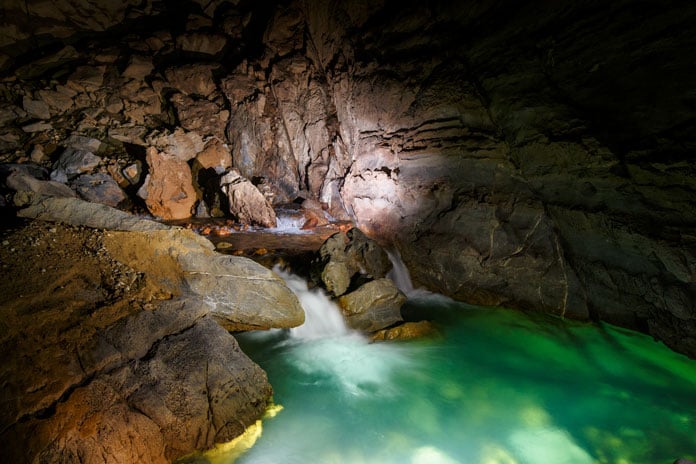
__637740499994967442.jpg)
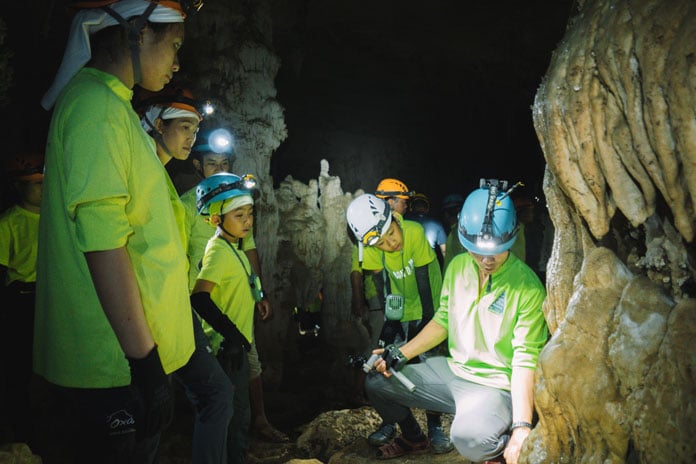
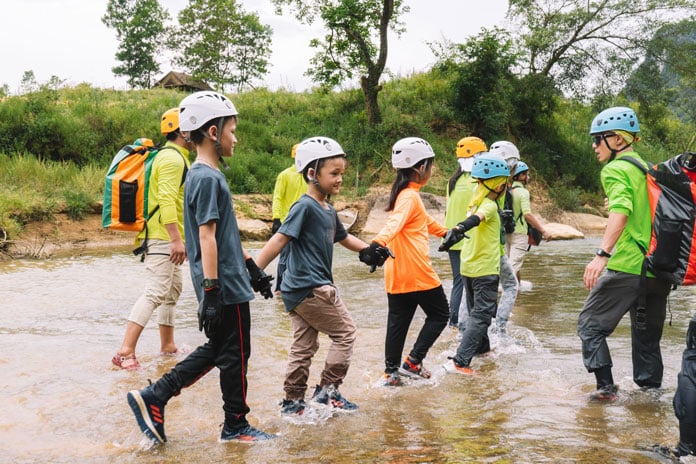
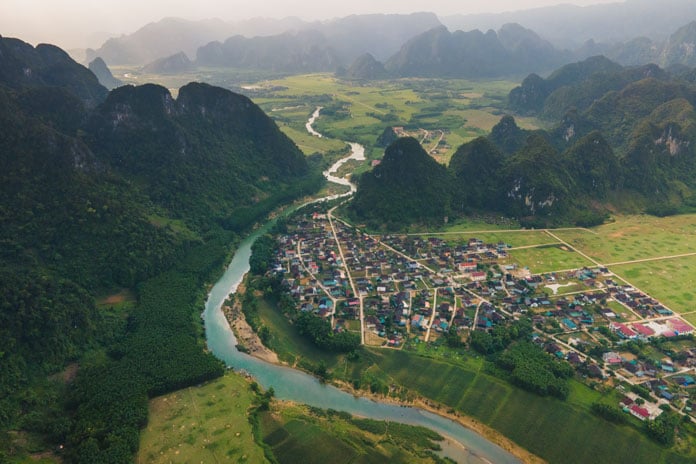
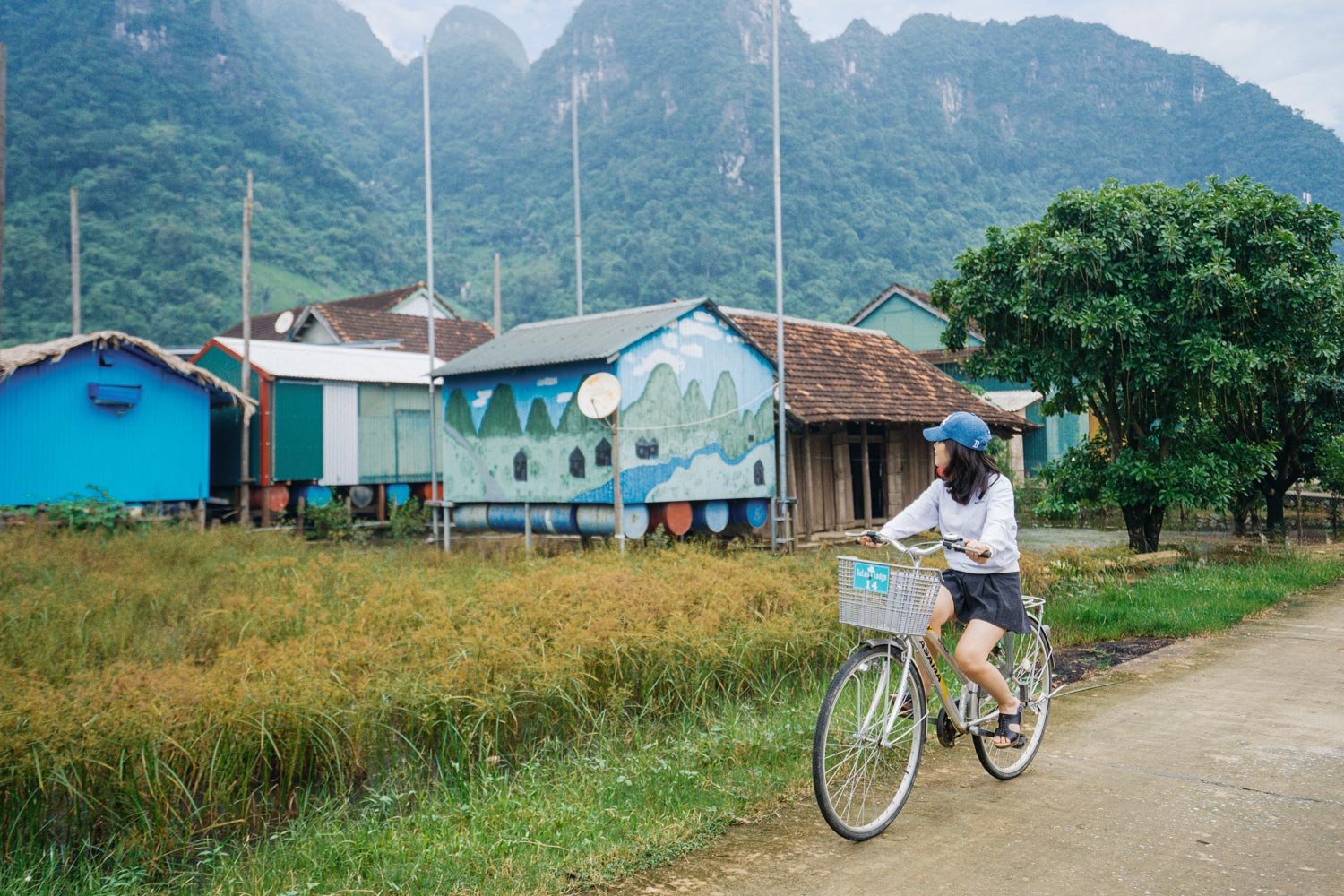
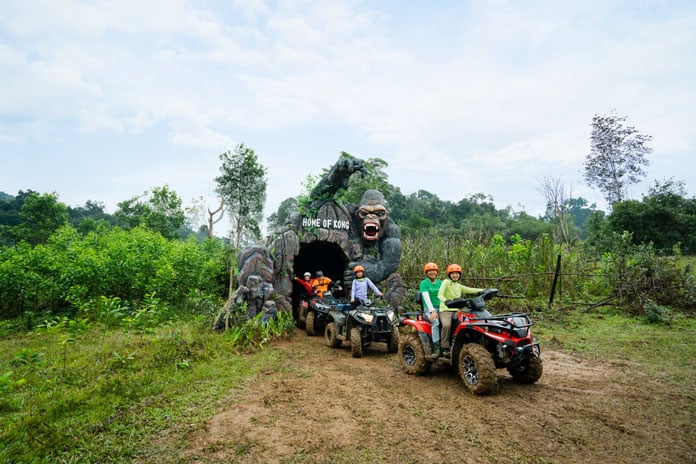
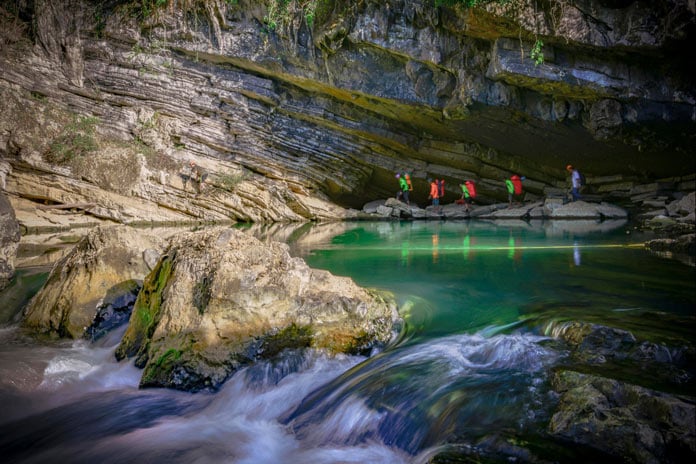
__637051767008903435.jpg)
__637051765075307793.jpg)
__637051774329206026.jpg)
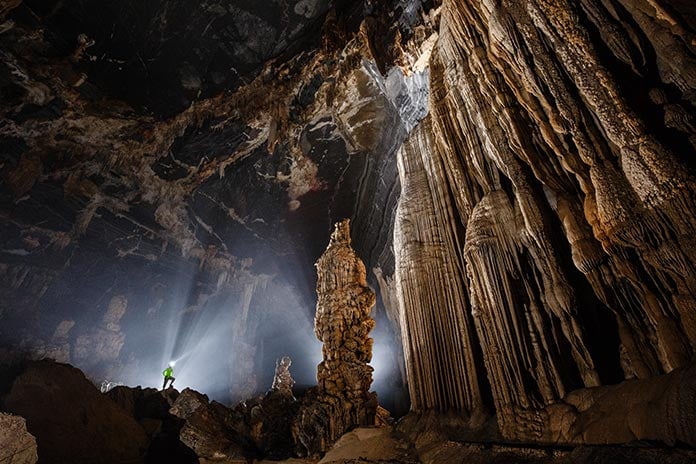
__637051782550081035.jpg)
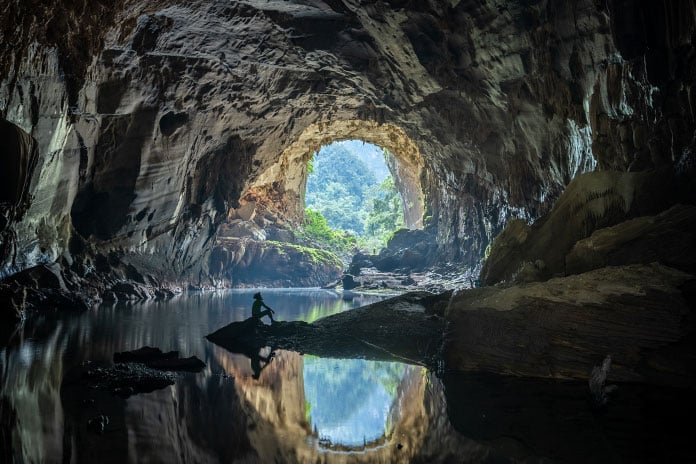
__637051777074859032.jpg)
__637051780703588520.jpg)
__637051781488596056.jpg)